A new hybrid structure of ZnO nanowires and polythiophenes with nanometer-scale ordering and a high crystallinity could be used for hybrid photovoltaics.
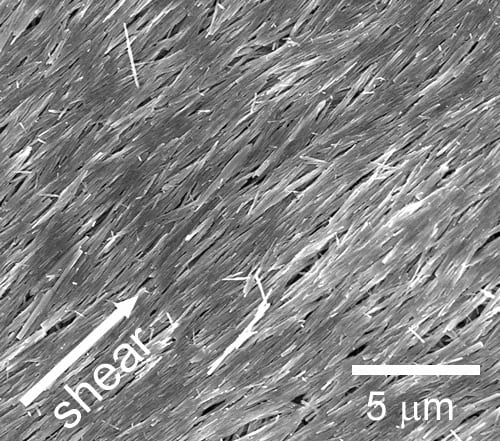

A new hybrid structure of ZnO nanowires and polythiophenes with nanometer-scale ordering and a high crystallinity could be used for hybrid photovoltaics.
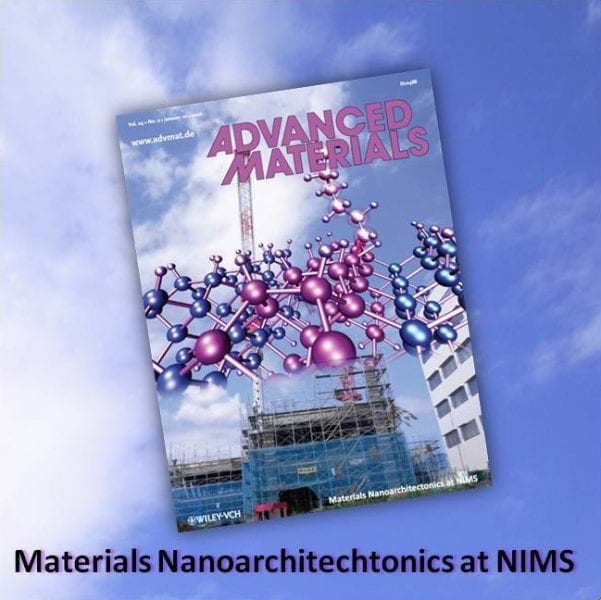
The International Center for Materials Nanoarchitectonics (WPI-MANA) features in a new special issue from Advanced Materials.
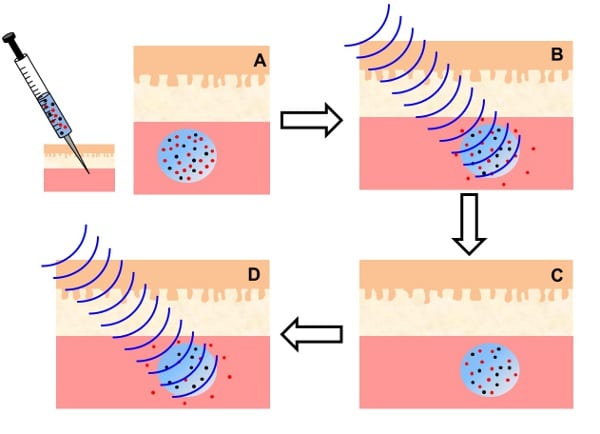
Iron oxide nanoparticles can be used to provide a local source of heating in a thermoresponsive sol–gel copolymer solution.
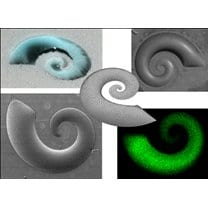
Droplets can be designed in a specific shape and pattern, which could be used to control cell growth and movement as well as to make new nanocomponents.
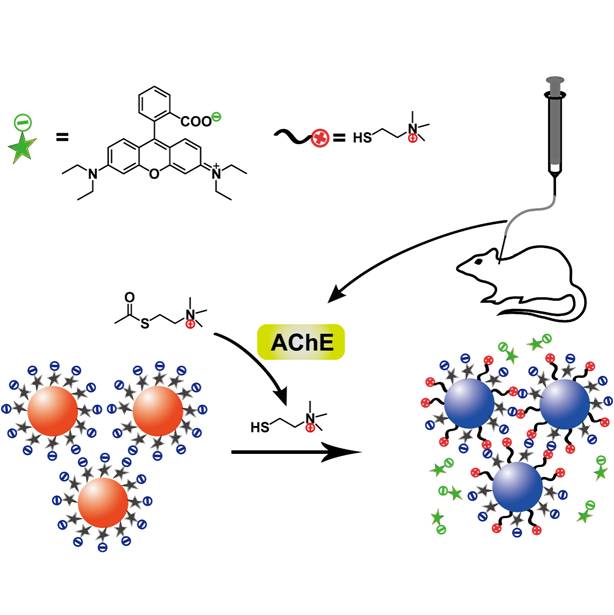
A novel AuNP-based assay highly sensitive to acetylcholinesterase (AChE) may detect a risk or a preclinical stage of Alzheimer’s disease.
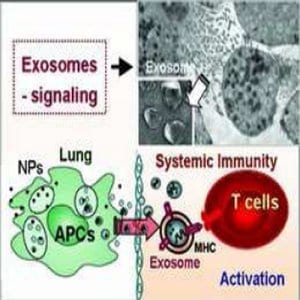
Workers with existing allergic conditions have worse reactions when exposed to nanoparticles, caused by a Trojan horse known as an exosome.
A nanostructure of silicon and gold is 4 times as effective at killing cancer cells in cell culture experiments as gold nanoshells alone.
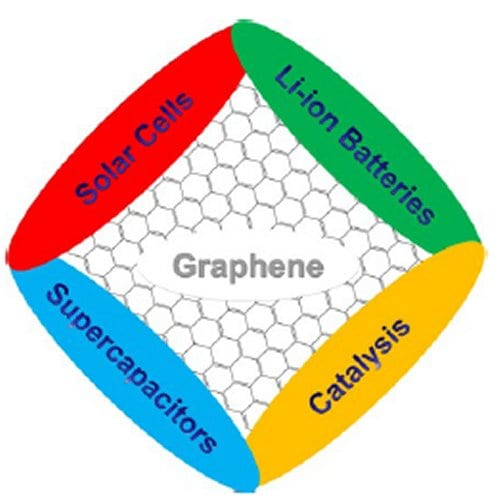
Graphene has the potential to solve many issues in vital energy research.
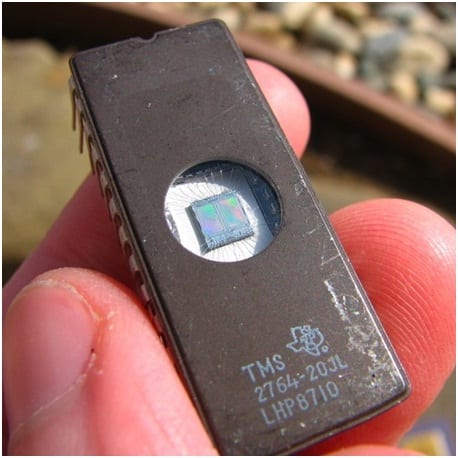
Xavier Crispin and his research team have shown that the type of electronic conduction observed in electrochemical transistors is highly dependent upon the capacitance of the device gate electrode.
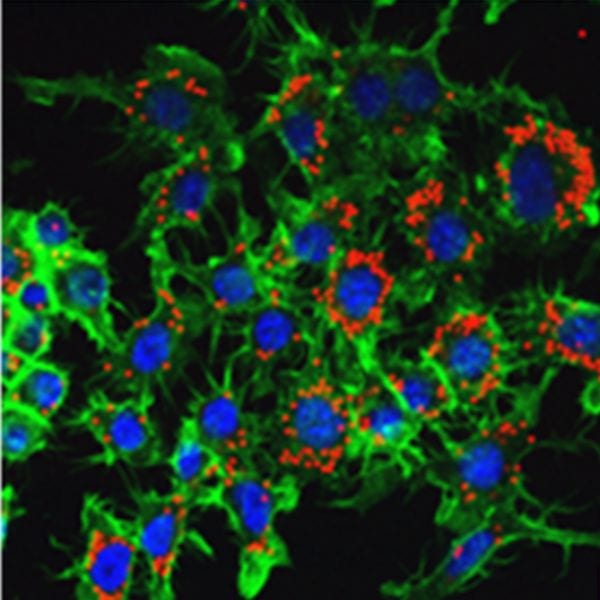
Confocal microscopy and flow cytometry results suggest that nanoparticle uptake defies the expected size limits.